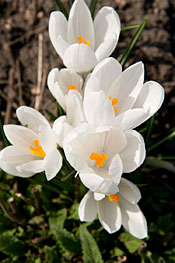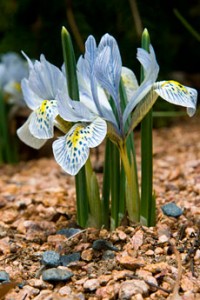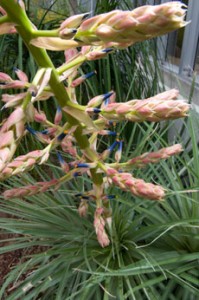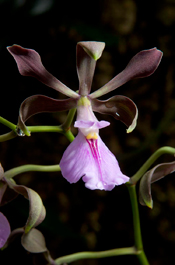Boyce Tankersley, Director of Living Plant Documentation, takes us on a tour of what’s blooming in the display gardens on the first day of fall.
Sweeps of perennials on Evening Island, the cascading mums on the Visitor Center bridge, and masses of mums in the Crescent Garden, are found in the boundaries of our formal garden areas. Our show doesn’t end there, however — find gorgeous asters and sunflowers in the English Walled Garden, Japanese anemones and Endless Summer hydrangeas in the Waterfall Garden, mums mixed with later blooming annuals like zinnias and rudbeckia in the Sensory Garden, and an amazing array of colorful annuals in the Circle Garden.
We only visited six of the 25 display gardens, so come out to see them all this fall! Visit chicagobotanic.org/inbloom/ for more information on what’s in bloom.




